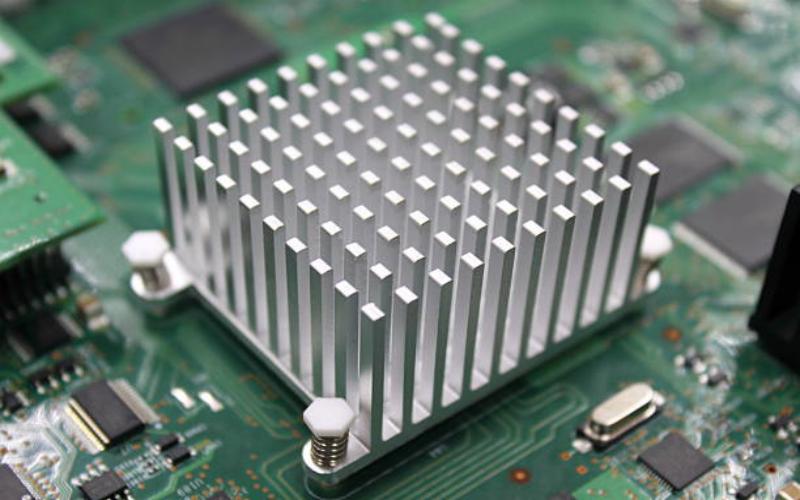Introduction
Solar photovoltaic (PV) systems are becoming increasingly popular as a renewable energy source for both residential and commercial applications. However, one major challenge faced by solar PV systems is the issue of overheating, which can significantly reduce their efficiency and lifespan. In this article, we will explore various cooling techniques that can help mitigate this problem and improve the performance of solar PV systems.
1. Passive Cooling
Passive cooling techniques utilize natural processes to dissipate heat without the need for additional energy input. One common method is to incorporate proper ventilation and airflow design in the solar PV system installation. This allows for the transfer of heat from the PV modules to the surrounding environment, preventing excessive temperature build-up.
2. Active Cooling
Active cooling techniques involve the use of external mechanisms to remove heat from the solar PV system. One popular method is the implementation of cooling fans or blowers, which increase the airflow around the PV modules, effectively reducing their temperature. This technique is particularly useful in high-temperature environments where passive cooling may not be sufficient.
3. Heat Sinks
Heat sinks are devices designed to absorb and dissipate heat away from the PV modules. They typically consist of materials with high thermal conductivity, such as aluminum or copper, which efficiently transfer heat to a larger surface area. Heat sinks can be integrated into the solar PV system structure or attached directly to the PV modules to enhance cooling.
4. Water-Based Cooling
Water-based cooling techniques involve the circulation of water to remove excess heat from the solar PV system. This can be achieved through the use of water-cooled heat exchangers or direct water flow over the PV modules. Water has excellent heat transfer properties, making it an effective coolant for solar PV systems.
5. Phase Change Materials
Phase change materials (PCMs) are substances that absorb and release heat during phase transitions. They can be incorporated into the design of solar PV systems to regulate temperature fluctuations. PCMs can store excess heat during peak sunlight hours and release it when the PV modules cool down, maintaining a more stable operating temperature.
6. Reflective Surfaces
Using reflective surfaces in the vicinity of solar PV systems can help reduce the absorption of solar radiation, thereby minimizing temperature rise. Reflective materials, such as white coatings or mirrors, redirect sunlight away from the PV modules, preventing overheating and improving overall system efficiency.
7. Tilted Mounting Structures
Tilted mounting structures can optimize the cooling of solar PV systems by enhancing natural ventilation and reducing direct exposure to sunlight. By adjusting the angle of the PV modules, airflow can be improved, allowing for better heat dissipation. Additionally, tilted structures reduce the surface area directly exposed to sunlight, reducing the risk of overheating.
8. Hybrid Cooling Systems
Hybrid cooling systems combine multiple cooling techniques to maximize the efficiency of solar PV systems. For example, a system may incorporate passive cooling through ventilation, active cooling using fans, and water-based cooling with the circulation of water. By combining different approaches, hybrid systems can effectively address temperature-related challenges.
9. Monitoring and Control Systems
Implementing monitoring and control systems is crucial for optimizing the cooling of solar PV systems. These systems can collect real-time data on temperature, humidity, and other environmental factors, allowing for timely adjustments to cooling strategies. By continuously monitoring the system's performance, potential issues can be identified and resolved promptly.
10. Maintenance and Cleaning
Regular maintenance and cleaning of solar PV systems are essential to ensure optimal cooling. Dust, dirt, and debris accumulation on the PV modules can obstruct heat dissipation, leading to overheating. By keeping the system clean and free from obstructions, cooling techniques can function more effectively, maximizing the overall performance of the solar PV system.

